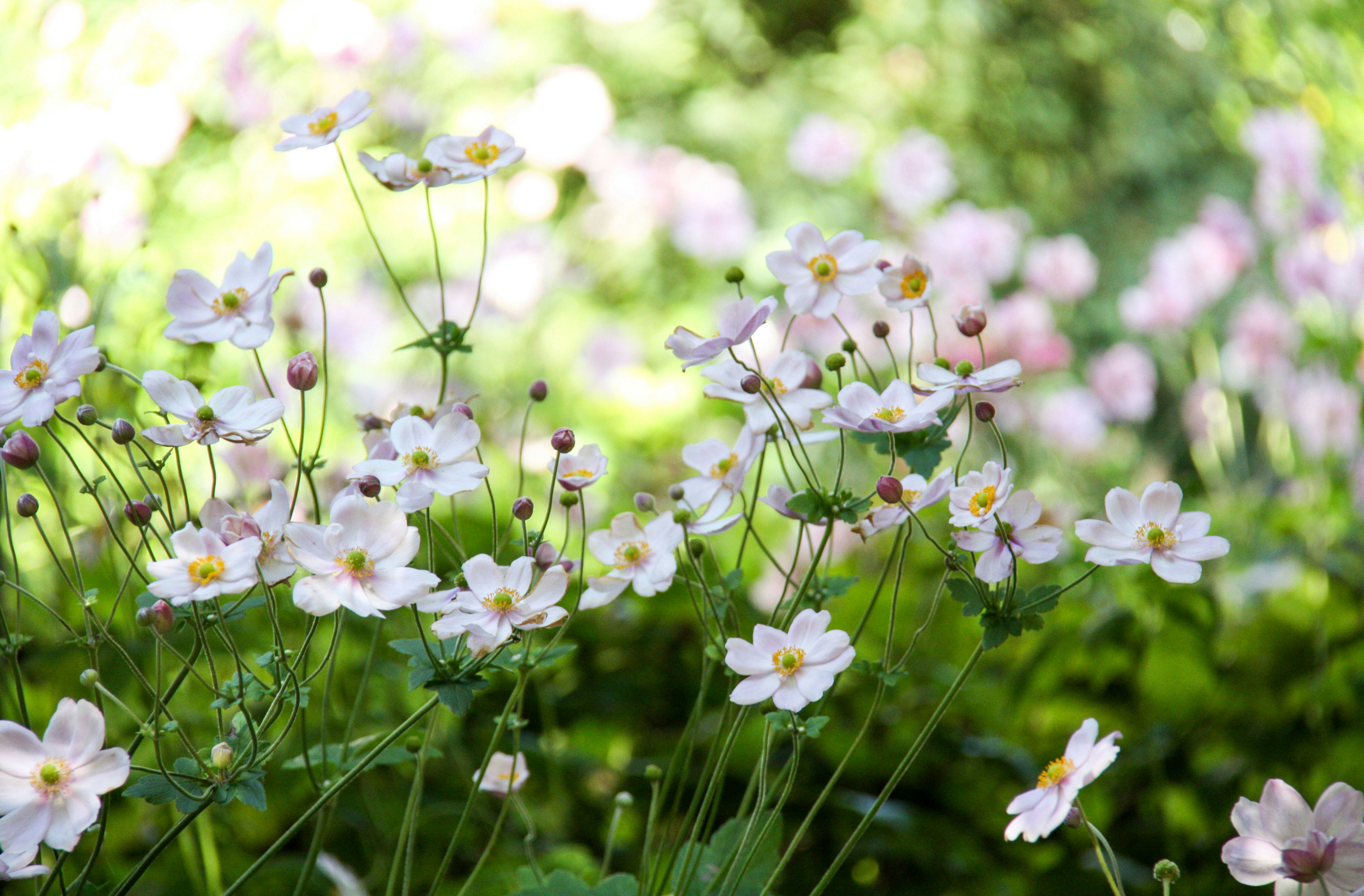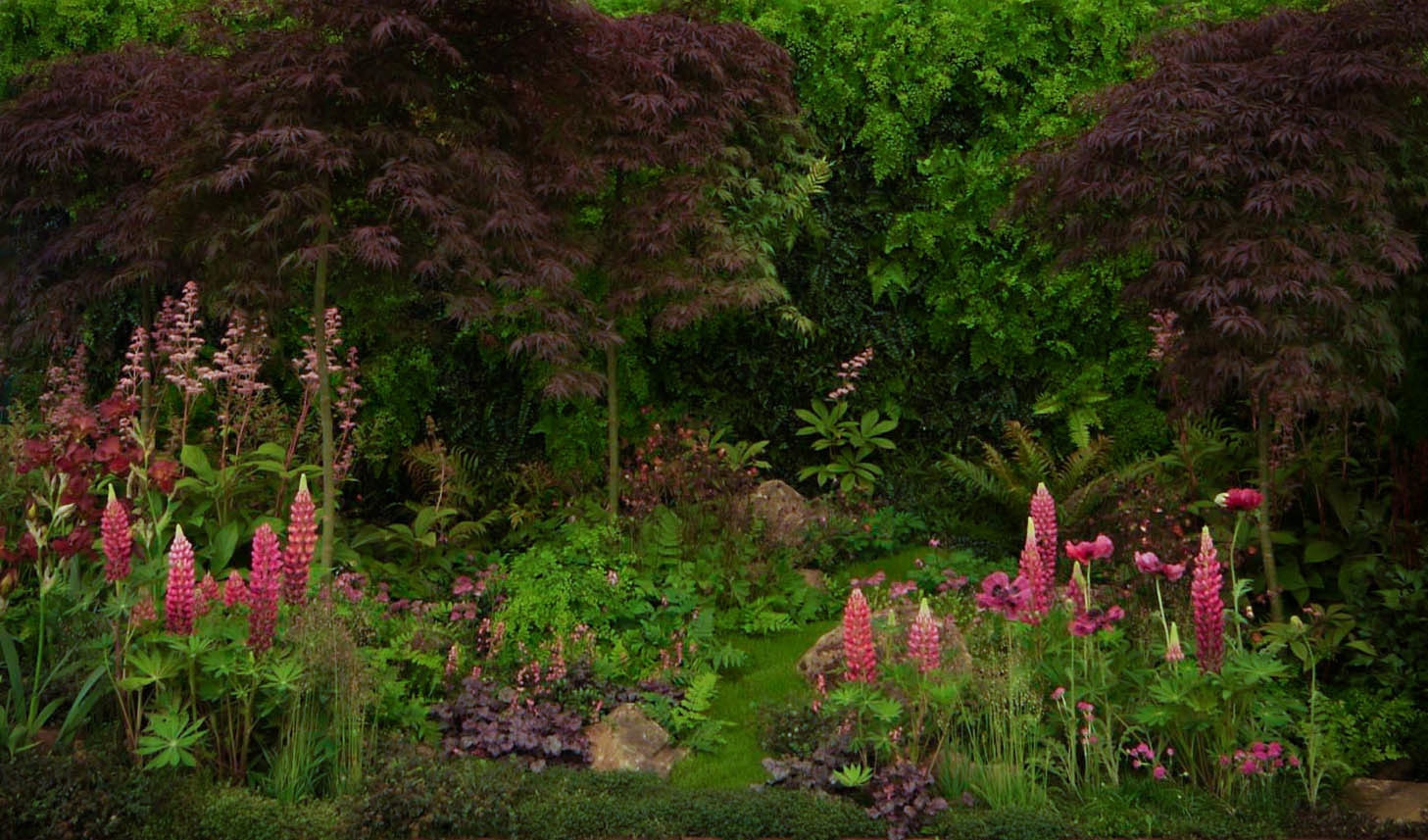Rangimārie
— Le Quesnoy, France
Of the 100,000 New Zealanders who served overseas in the First World War, one in five didn’t return home and the bones of many of our tūpuna - most of them young men - lie in the soils of France, Belgium, Turkey, Egypt and Britain. A century later, the French government provided an opportunity to physically reconnect with the soil where so many young lives were lost, when it invited landscape designers from countries involved in conflict in its northern Hautes-de-France region to create memorial gardens there.
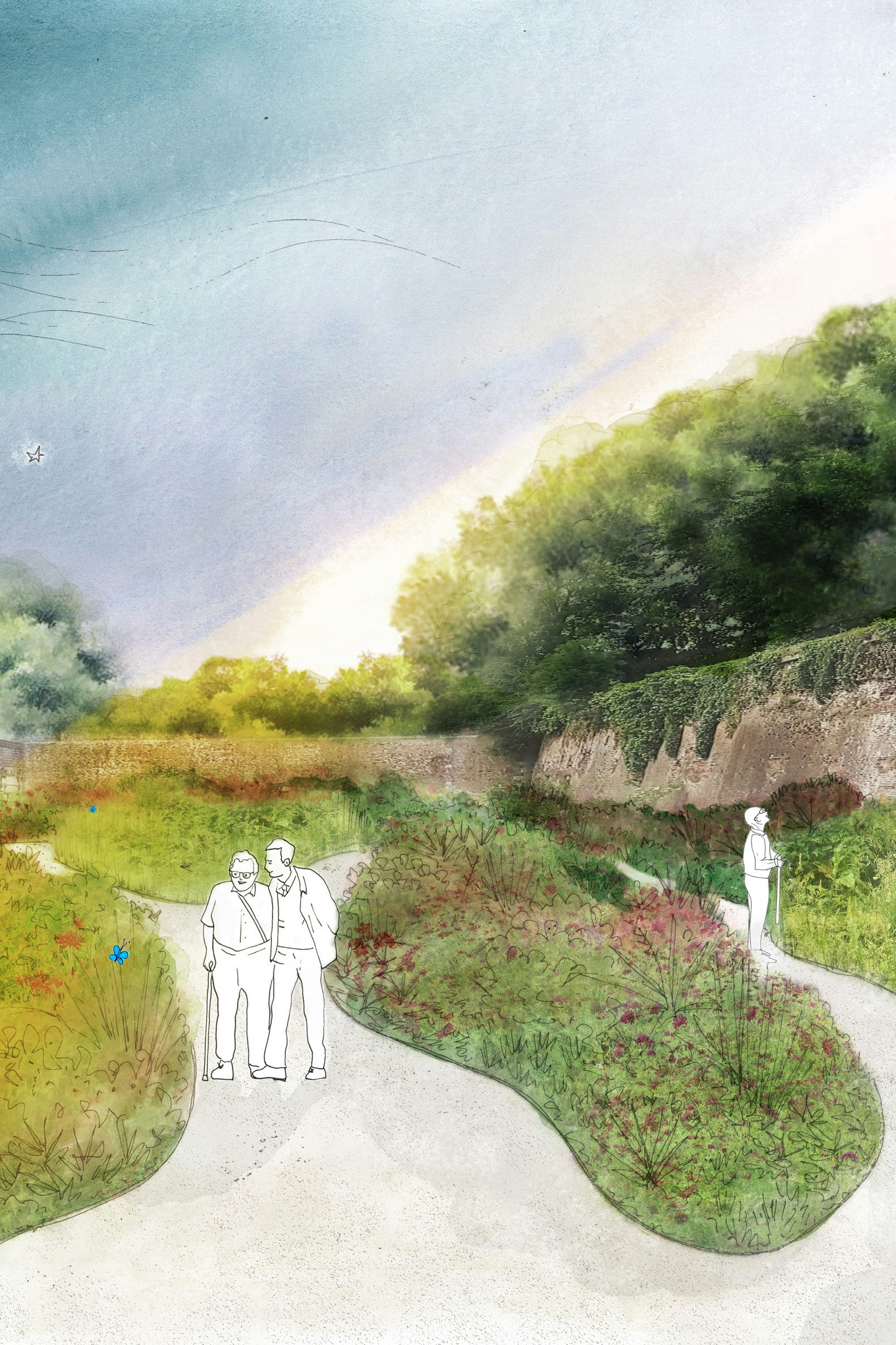
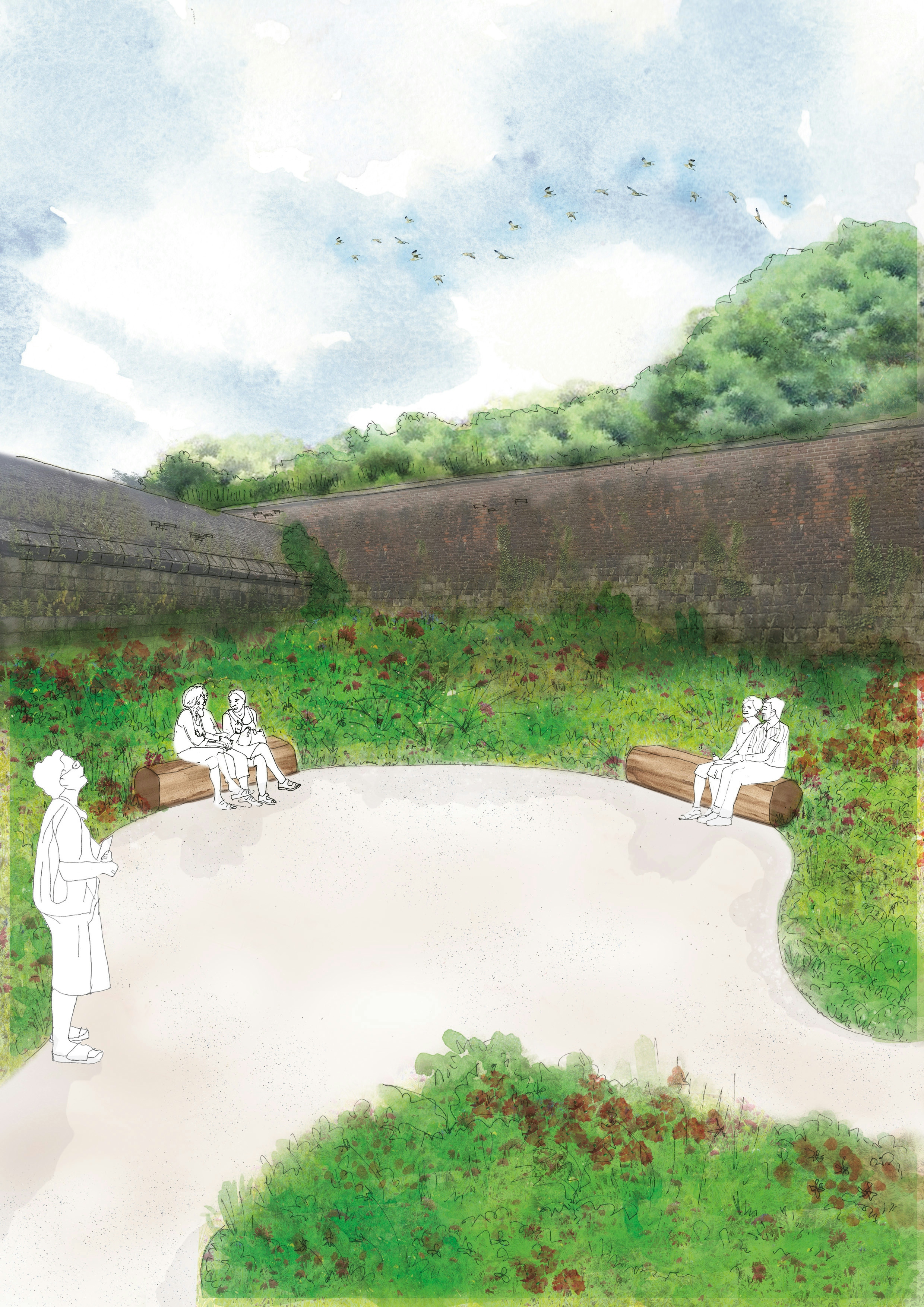
Xanthe White Design, in collaboration with Uru Whakaaro, was invited to create New Zealand’s garden at Le Quesnoy, the town which the New Zealand Division captured just five days before the end of the war, liberating its 3,000 townspeople after four years of German occupation.

A medieval fortress town surrounded by ramparts, high walls, tunnels, causeways and moats, the operation involved enveloping the town under heavy shelling from the Germans, then scaling the fortress with ladders to breach the German defences, forcing them to surrender. In the following days, the New Zealand Division was showered with flags, souvenirs and flowers from the townspeople, the French president visited and flags were exchanged. The Division’s military records from the time describe the townspeople as joyous.
A bond had been forged between Aotearoa and Le Quesnoy, and their shared moment in history is evident in the town today where there is a New Zealand memorial, streets with New Zealand place names and a school named after a Kiwi solider.
'Rangimārie – A Garden for Peace' lies within the fortress walls where the New Zealand Division captured the town. During the capture of the town 122 New Zealanders were killed.
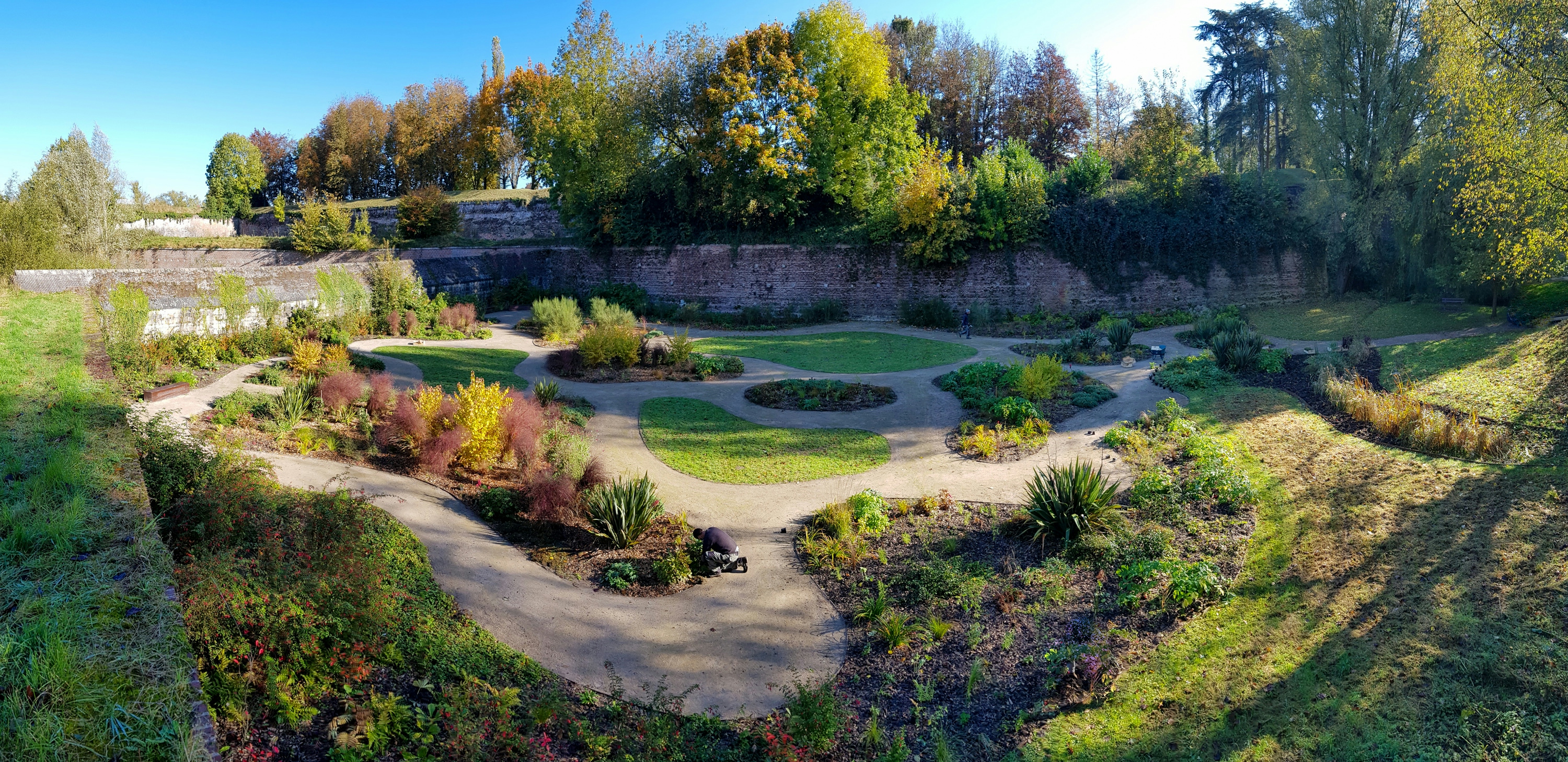
The intention behind the design was to create a place of rangimārie: a calm, quiet space where people can walk or sit with their ancestors. At the same time, the garden is an acknowledgement of thanks to the townspeople for watching over the souls of the fallen for the last century.
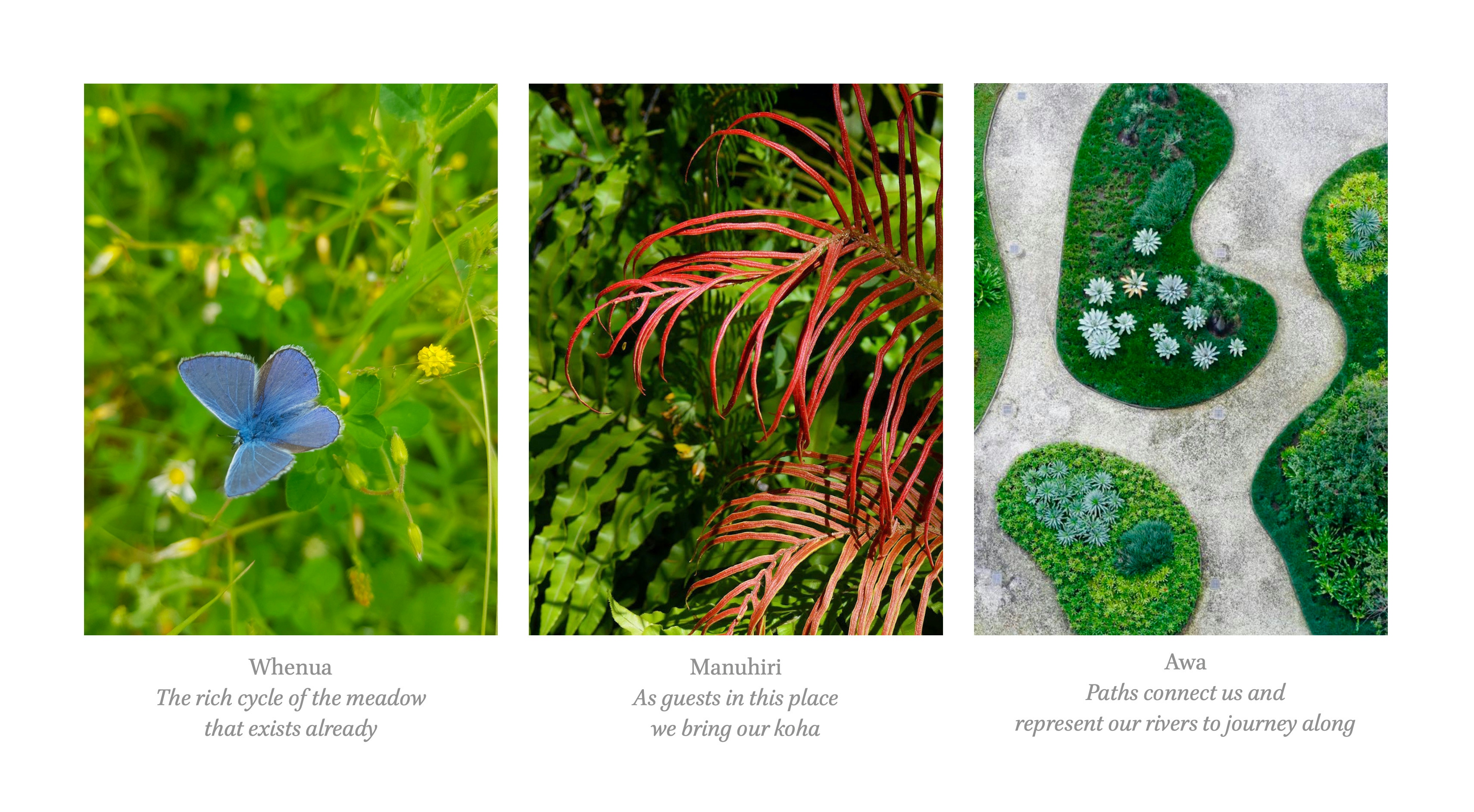
“It's traditional for manuhiri (guests) to give a koha (gift) as an expression of deep gratitude and affection. The plants were considered a koha from New Zealand and a way of returning a kindness to the village for looking after the soldiers."
Zoë Carafice, senior designer
Creating the garden required working sympathetically with the existing green space – a meadow with wild daisies and blue butterflies, which was a popular picnic spot for locals. The designers approached the land as manuhiri (visitors), acknowledging the need to treat it with respect. Instead of draining swampy areas on the site, riparian plants were used to redirect the water, areas for planting were cleared by hand instead of with chemicals, and elements of the existing meadow were integrated into the design of the garden. As Xanthe arrived to begin work on the site, landscapers were digging up a British rifle that would have belonged to a New Zealand soldier.
Rather than imposing an exotic planting scheme containing only New Zealand natives onto the space, a mixture of native and exotic plants were chosen for their value as taonga, eg harakeke for weaving, echinacea for medicine and wild strawberries and rhubarb for food, and also for their beauty and scent and to mark the seasons.

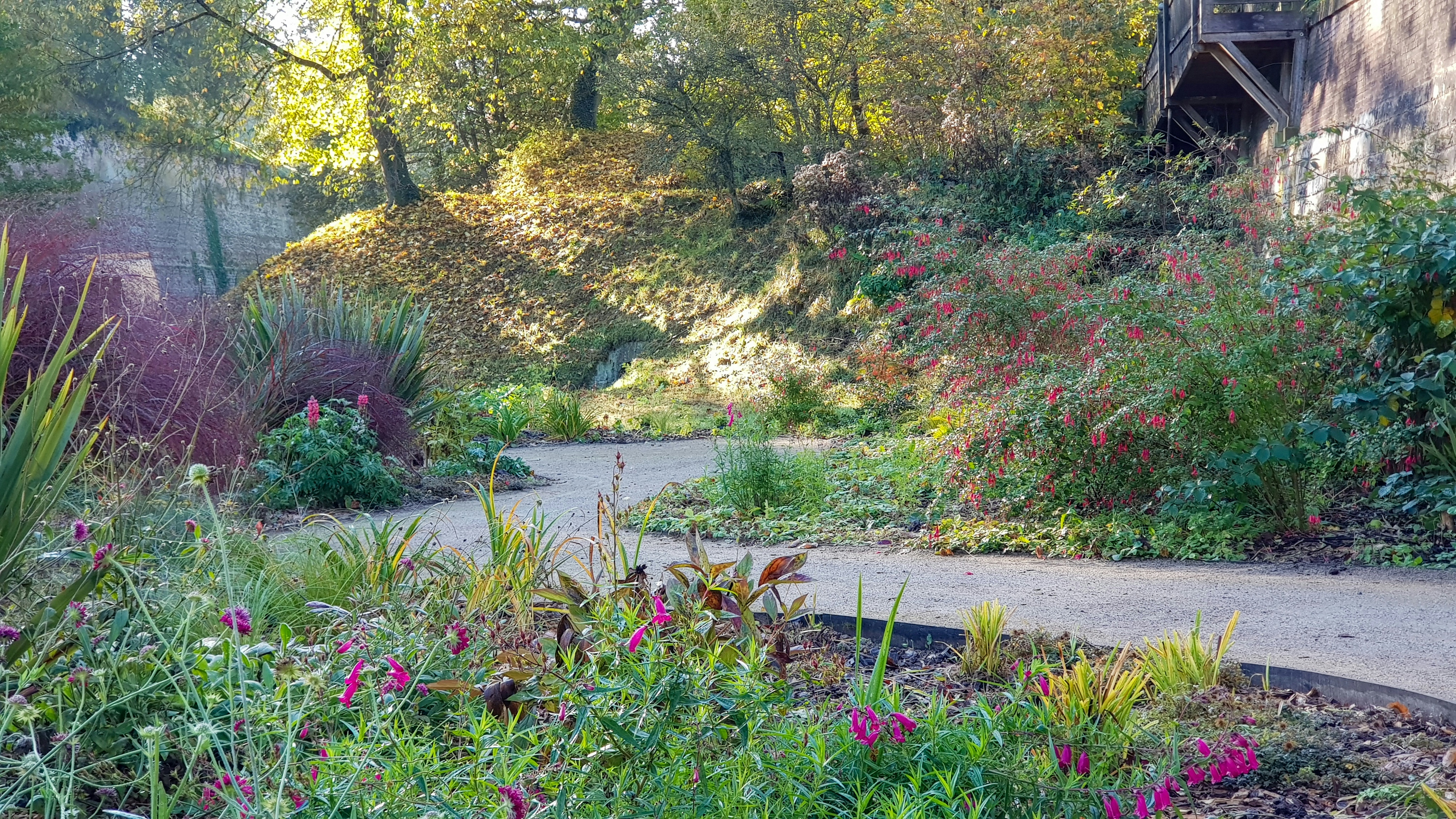
Most of these plants are shades of red, evoking the fields of poppies that sprang from the artillery-pocked and boot-trampled French battlefields. There are red lupins, chocolate cosmos, red grasses and flickering cornus. Textural foliage plants include native New Zealand ferns and groundcovers like Leptinella squalida.
While funding from the French government and other organisations covered the landscaping costs (islands of planting are separated by winding river-like paths), an extra $10,000 was needed to pay for the plants. This was raised on crowd-funding platform PledgeMe by New Zealanders, many with a personal connection to Le Quesnoy.
New Zealanders who donated koha for plants were able to share family stories of loved ones in a wooden time capsule that was buried in the garden with karakia, waiata and flowers at the garden’s official opening on the eve of the centenary of Armistice Day. The time capsule also provided an opportunity to share women’s experience of the war and to symbolically reunite them with the 122 New Zealand men who never returned home.
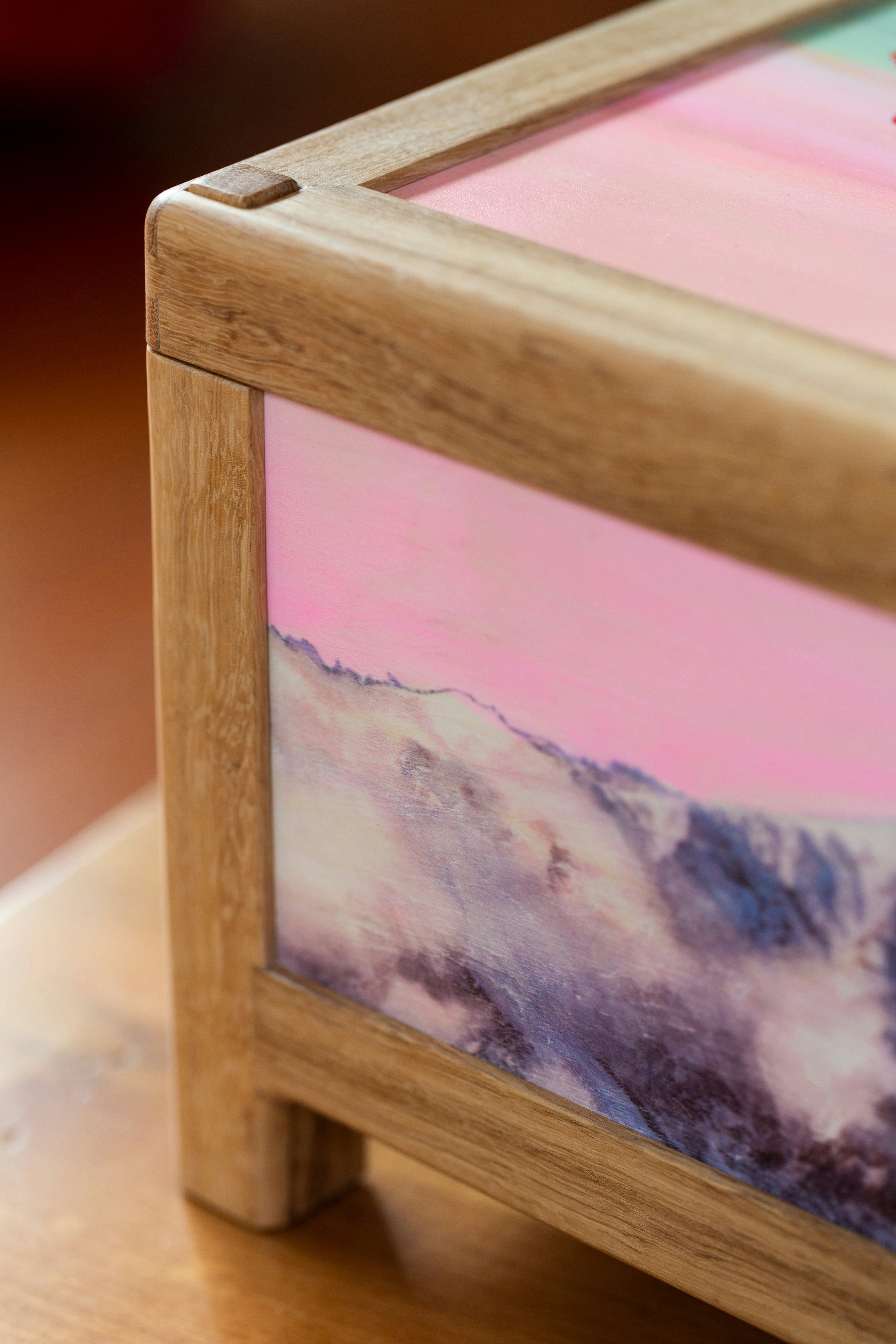
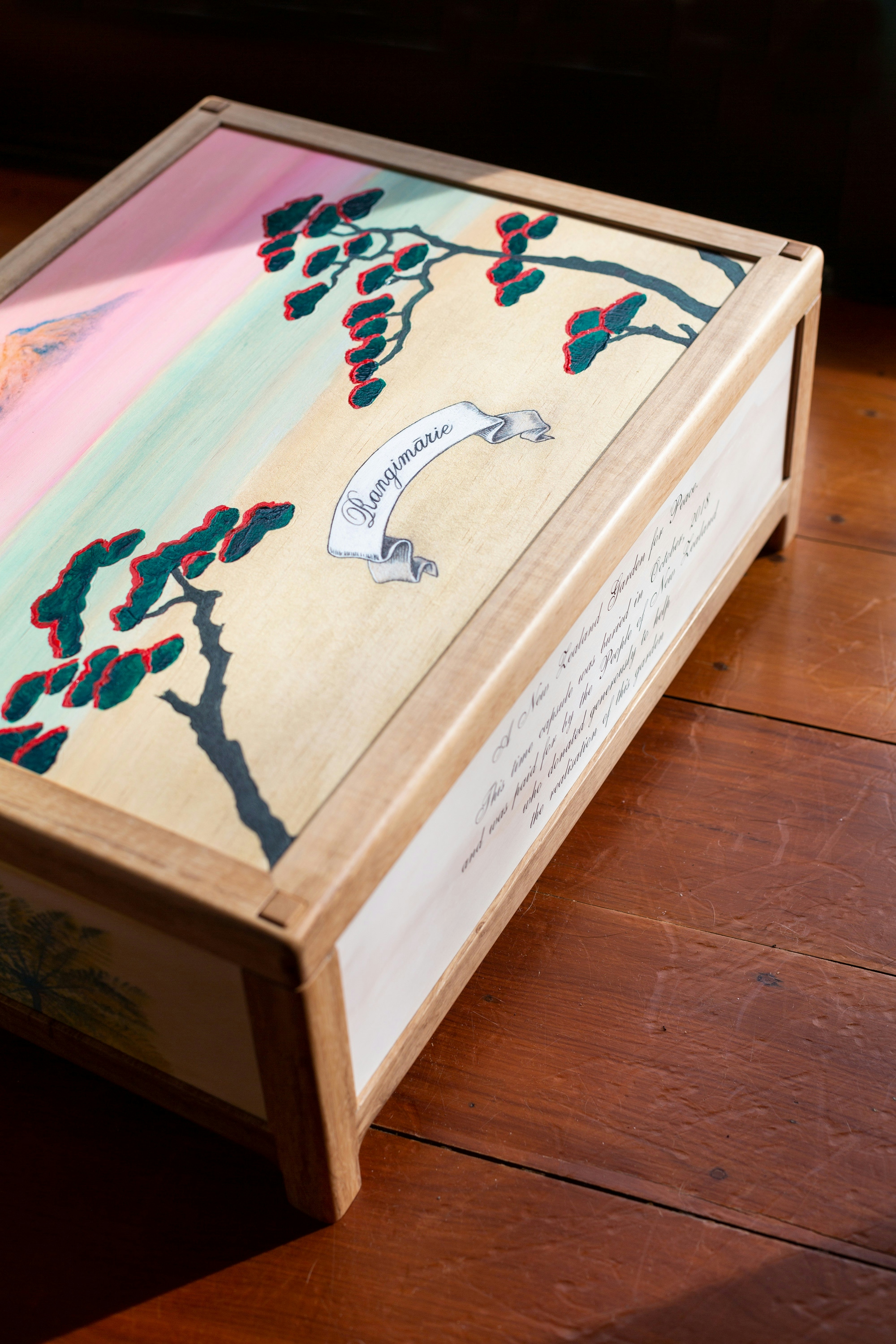
A letter from Prime Minister Jacinda Ardern was also included. Xanthe included some personal family memorabilia as well: a copy of her mother’s novel, a paintbrush of her grandmother’s, a sake cup from her great aunt, a Golden Kiwi lottery ticket that had belonged to her great-grandmother. Xanthe’s great-grandfather had fought and returned from the First World War, but his younger brother Freddie (Corporal F J Alexander) had died in battle, his resting place unknown.
A year after the garden opened, a conversation about chickens between Xanthe’s mum and a family friend unexpectedly led to the revelation that he was an amateur war historian. He offered to locate Freddie’s grave and was soon in touch with the news that Freddie had died at Le Quesnoy on 4 November. Not only had Freddie’s sister-in-law’s Golden Kiwi ticket, his niece’s sake cup and his great-niece’s book been buried in a time capsule at the place of his death 100 years later, but his great-great niece was one of the memorial garden’s creators. Xanthe cried for two hours when she found out.
“I knew my great-grandmother, Freddie’s sister-in-law. I was 11 when she died, so I felt a real connection. I’d always felt strongly connected to the project but there was something more there and now I knew why. It underlined the importance of cultural rituals and the importance of holding that moment in time with Le Quesnoy.”
Xanthe White
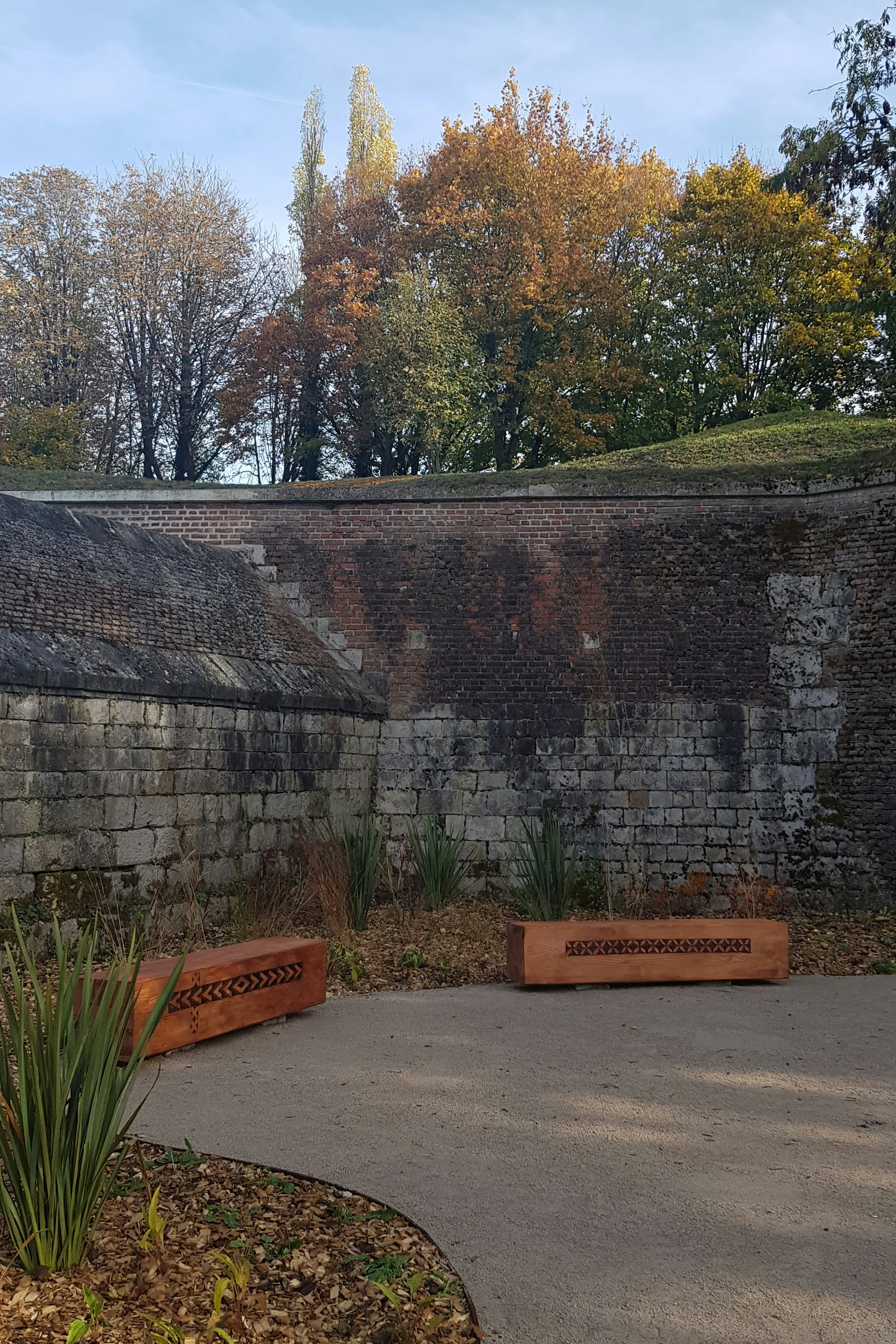
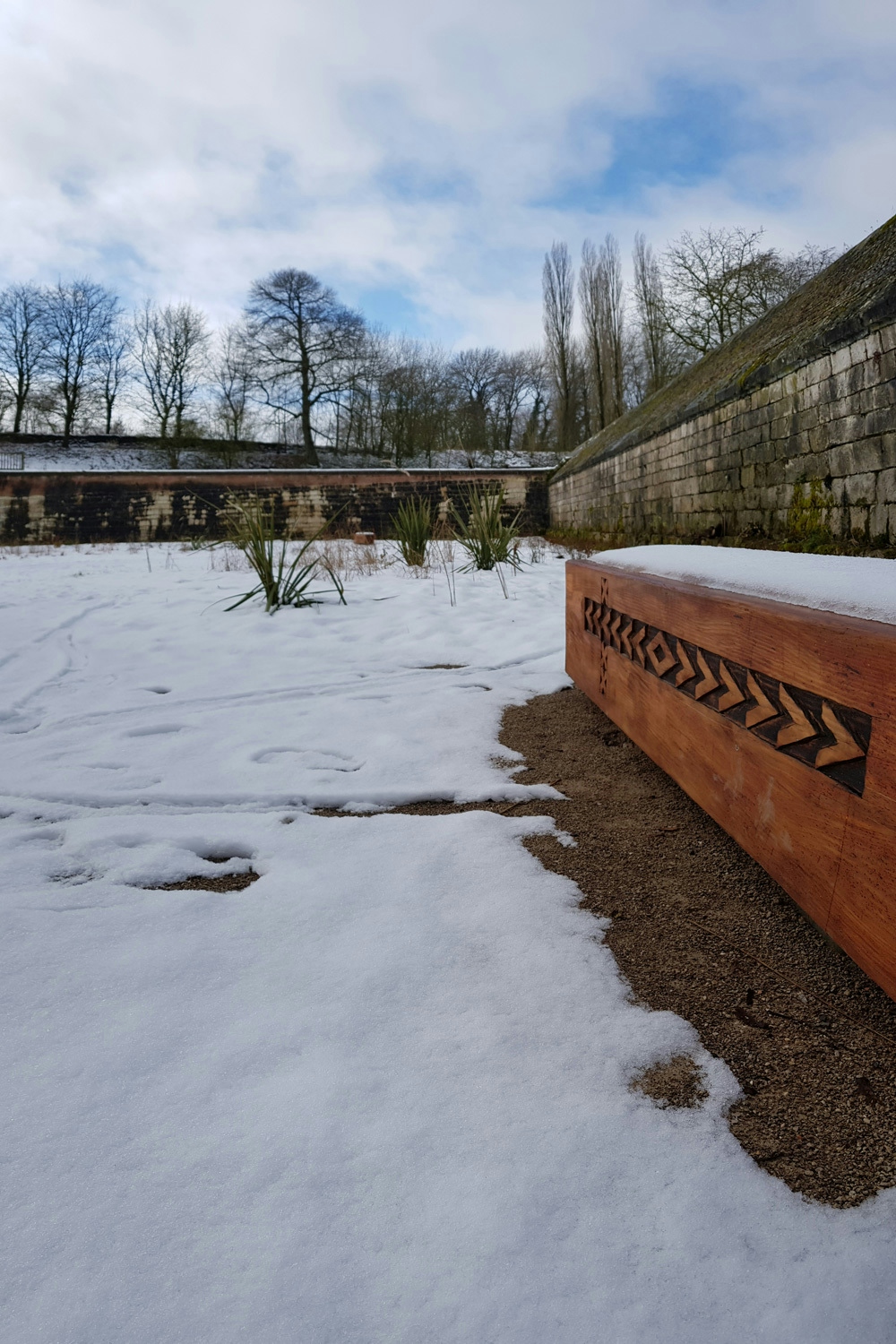
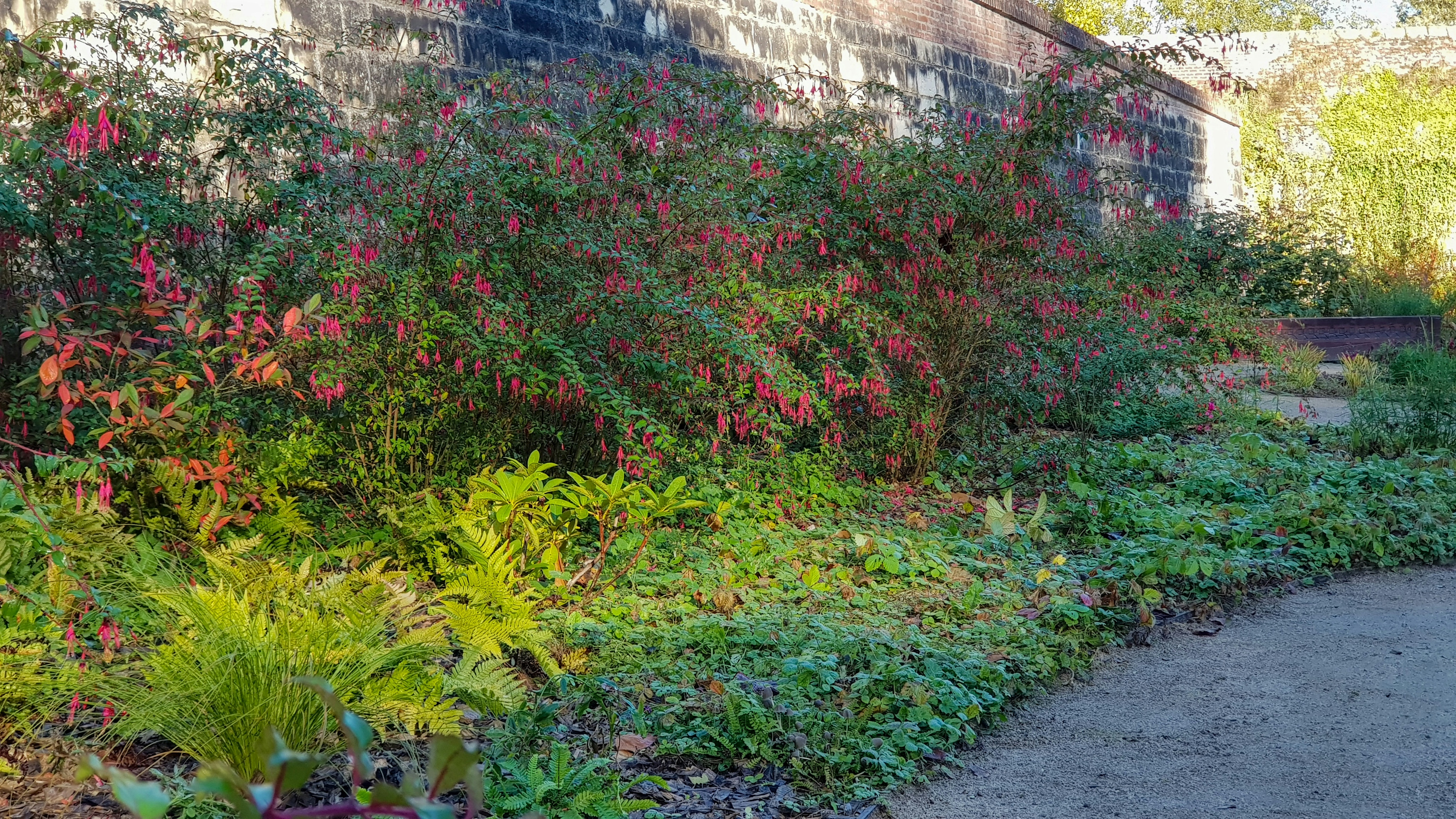
Mihi - Acknowledgements:
Charmaine Bailie - Uru Whakaaro - Design and Planting
Tui Hobson - Bench Seat Carving
Justin Hurt - Time Capsule
Support from Art de Jardin and the New Zealand Embassy
All those who contributed to the Pledgeme and to the time capsule.
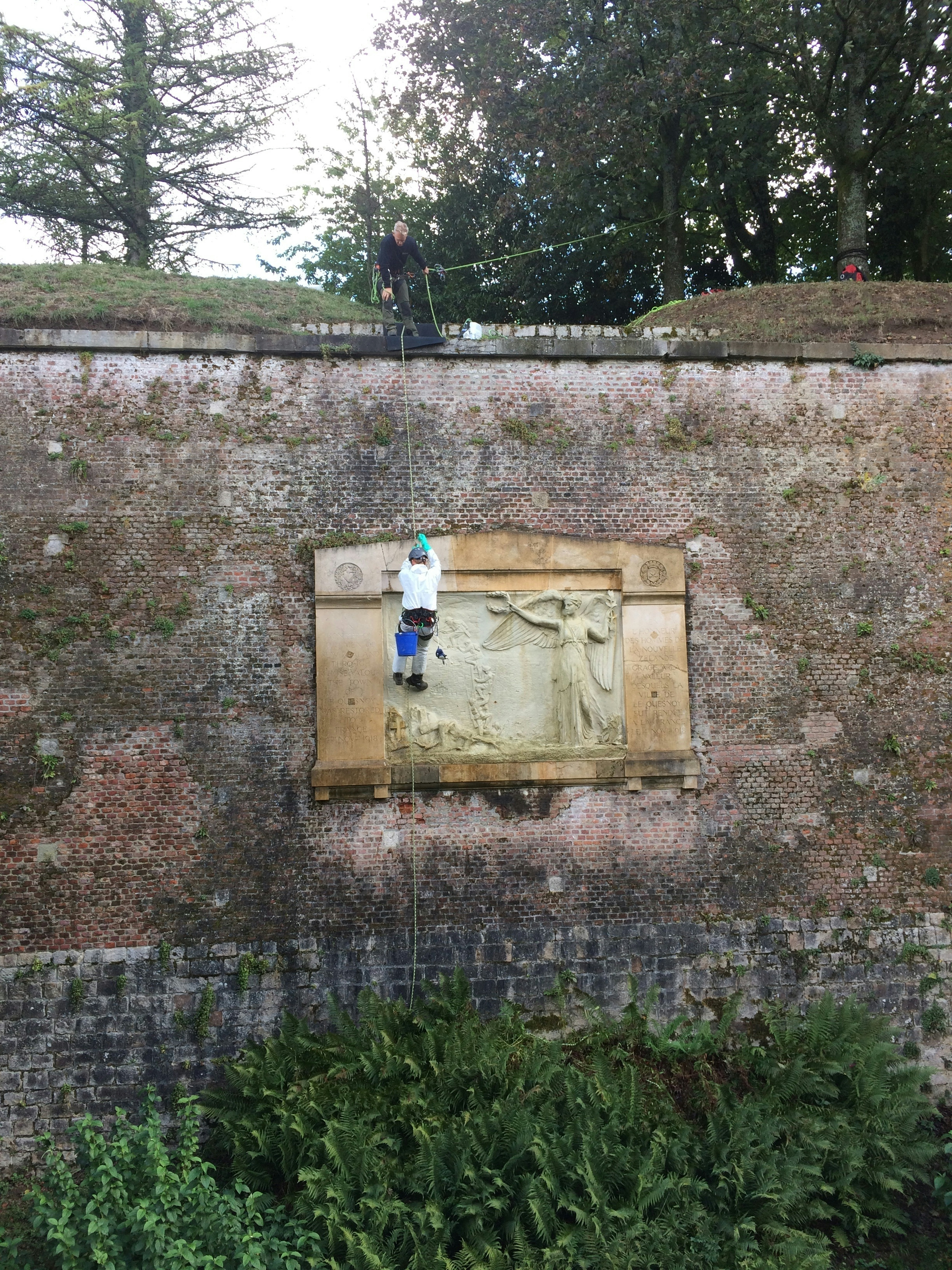
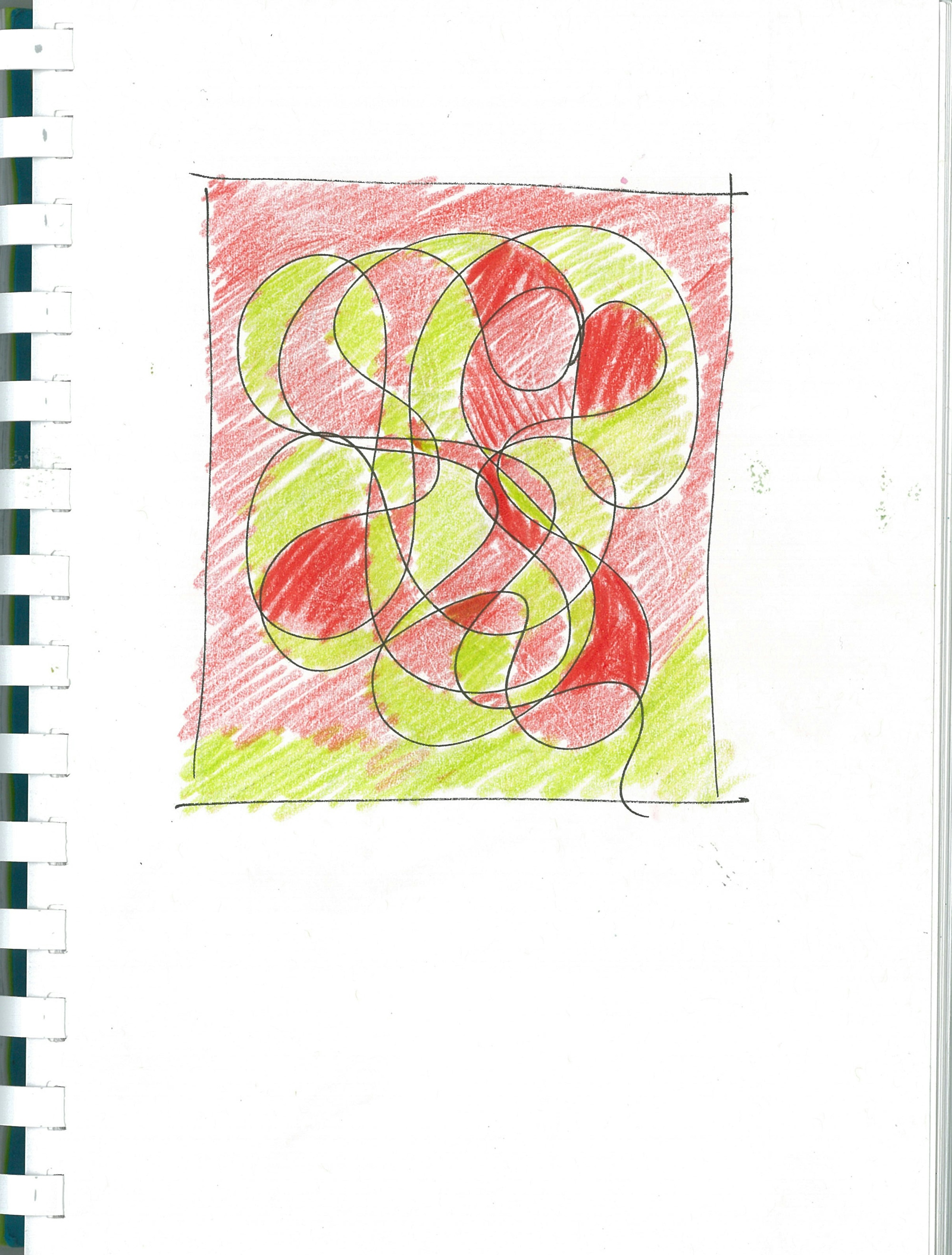
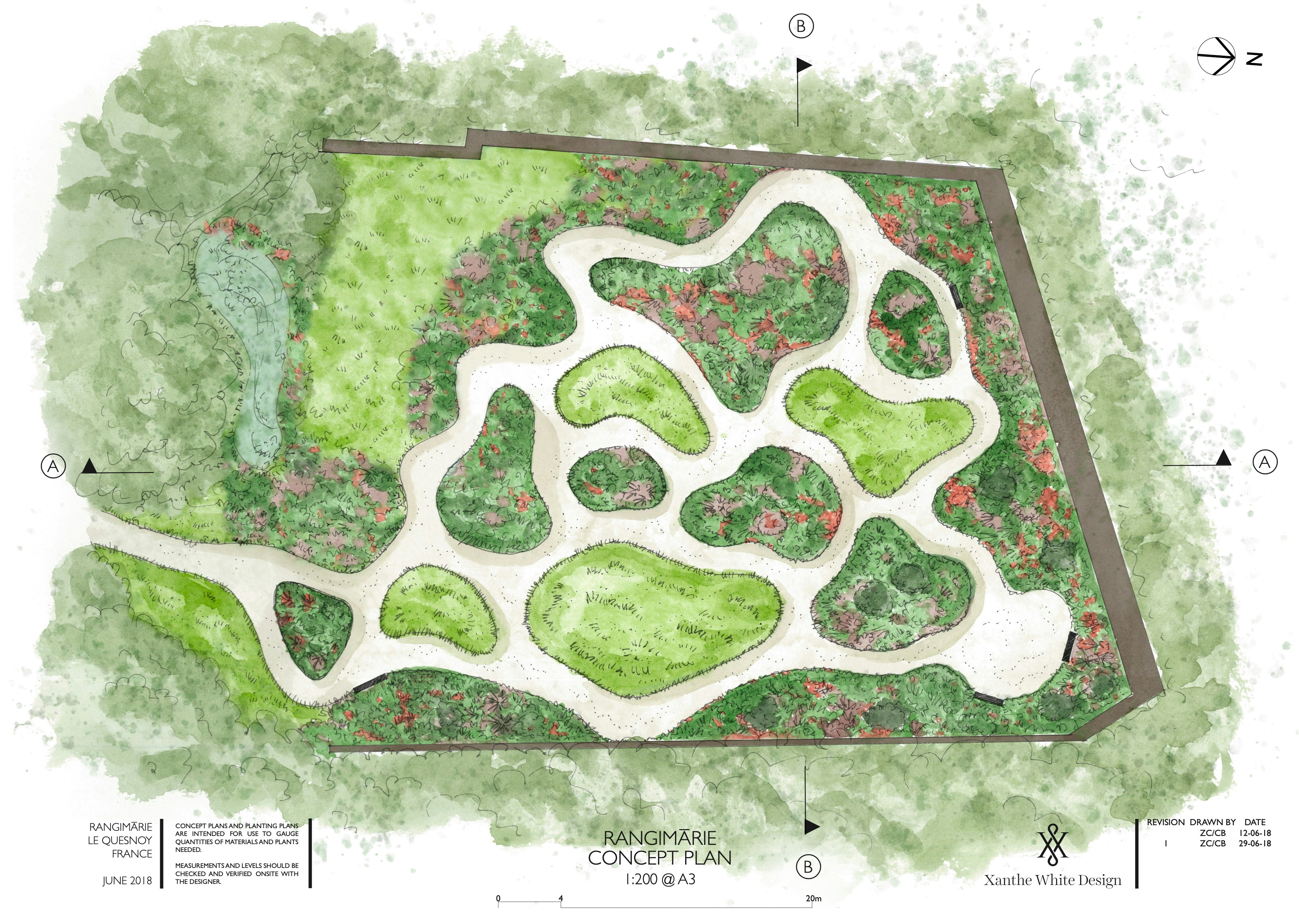
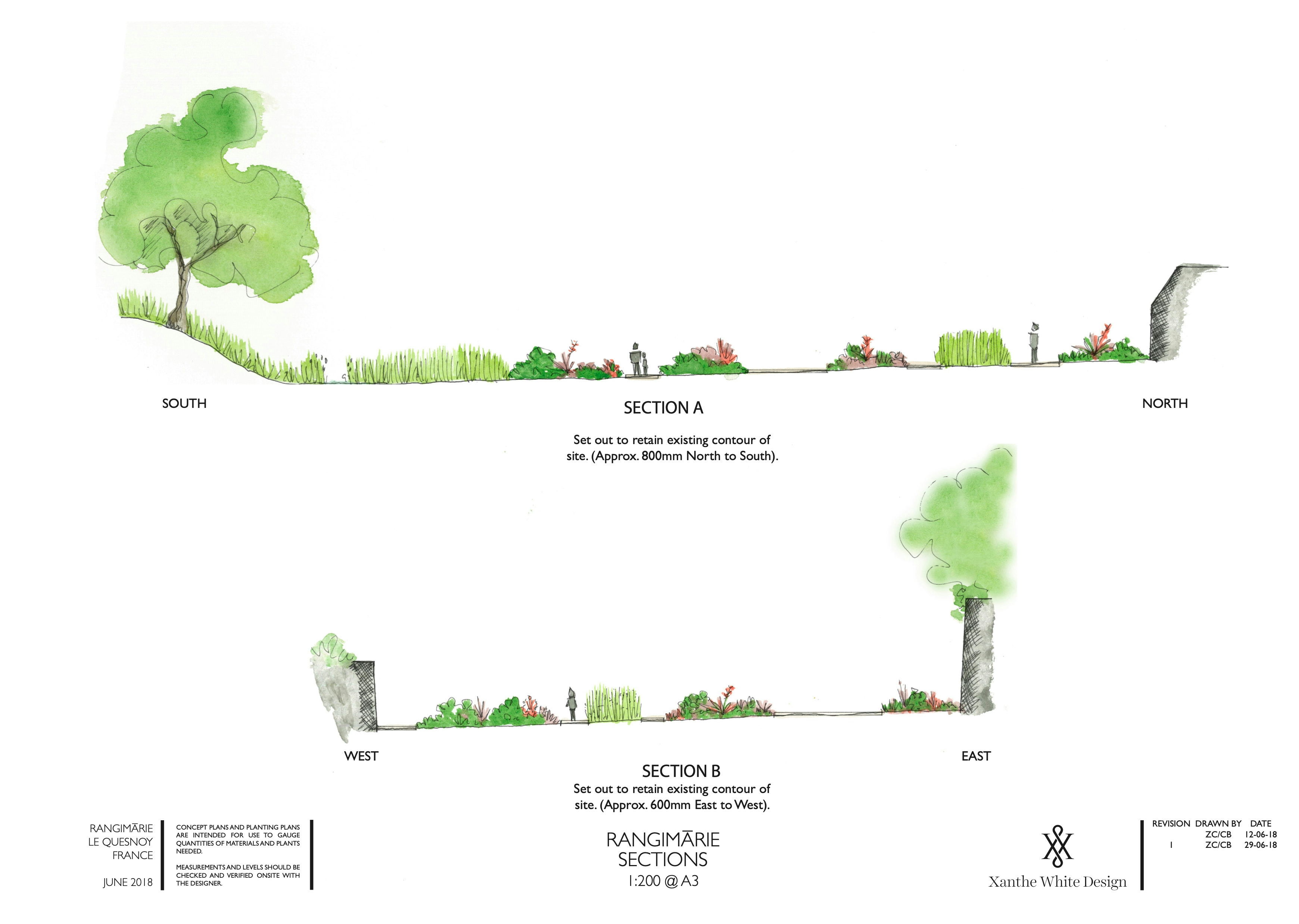
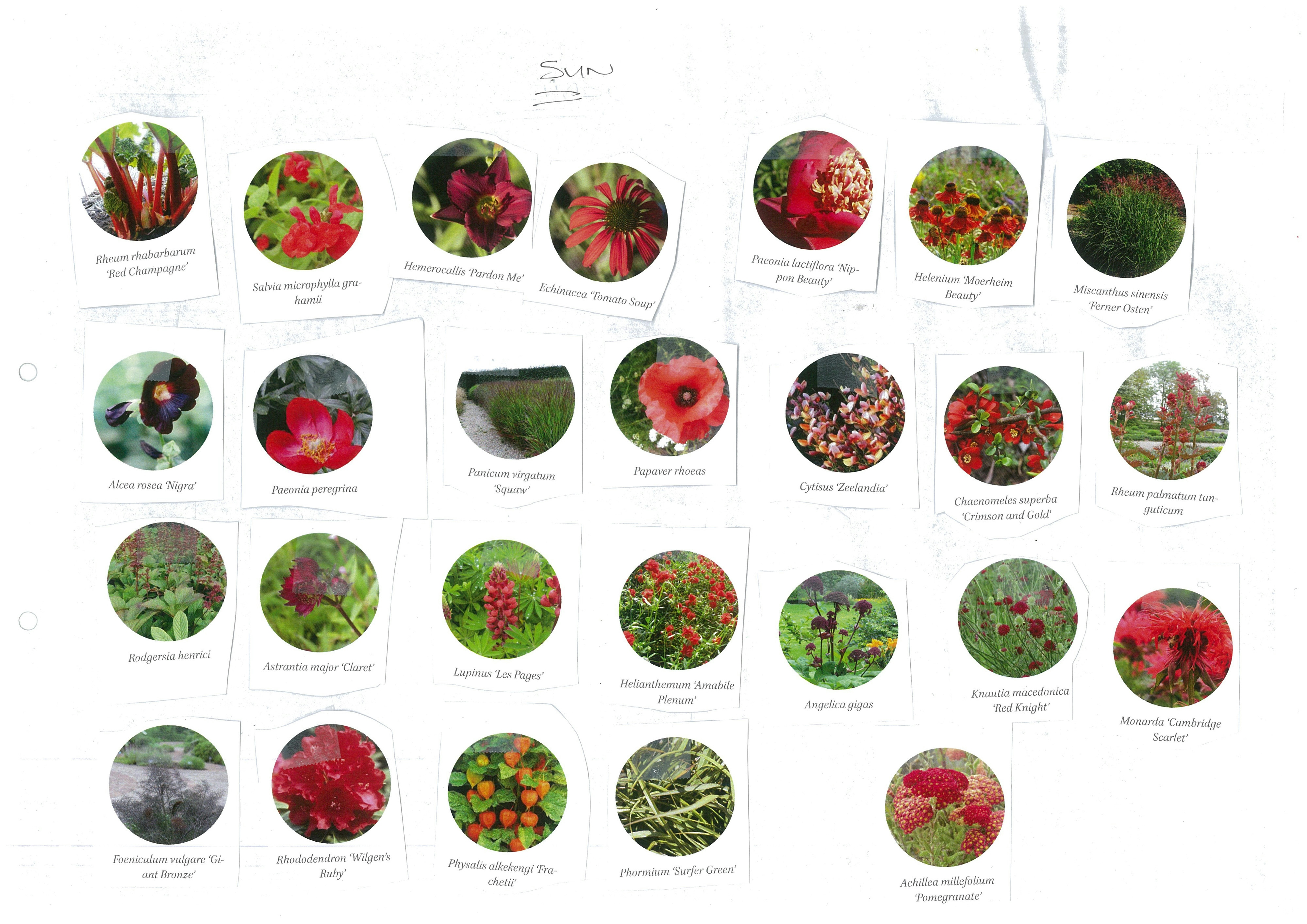
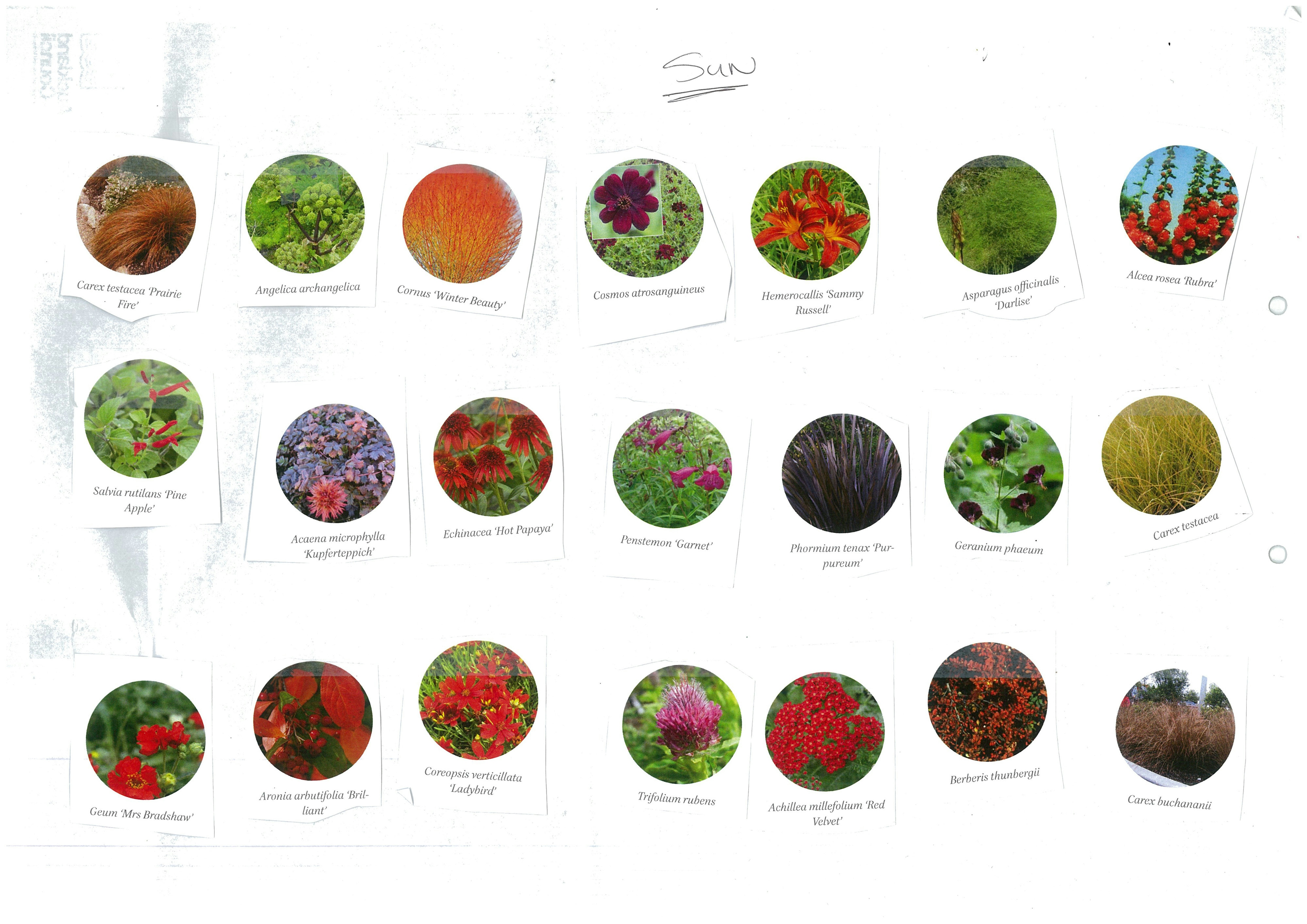
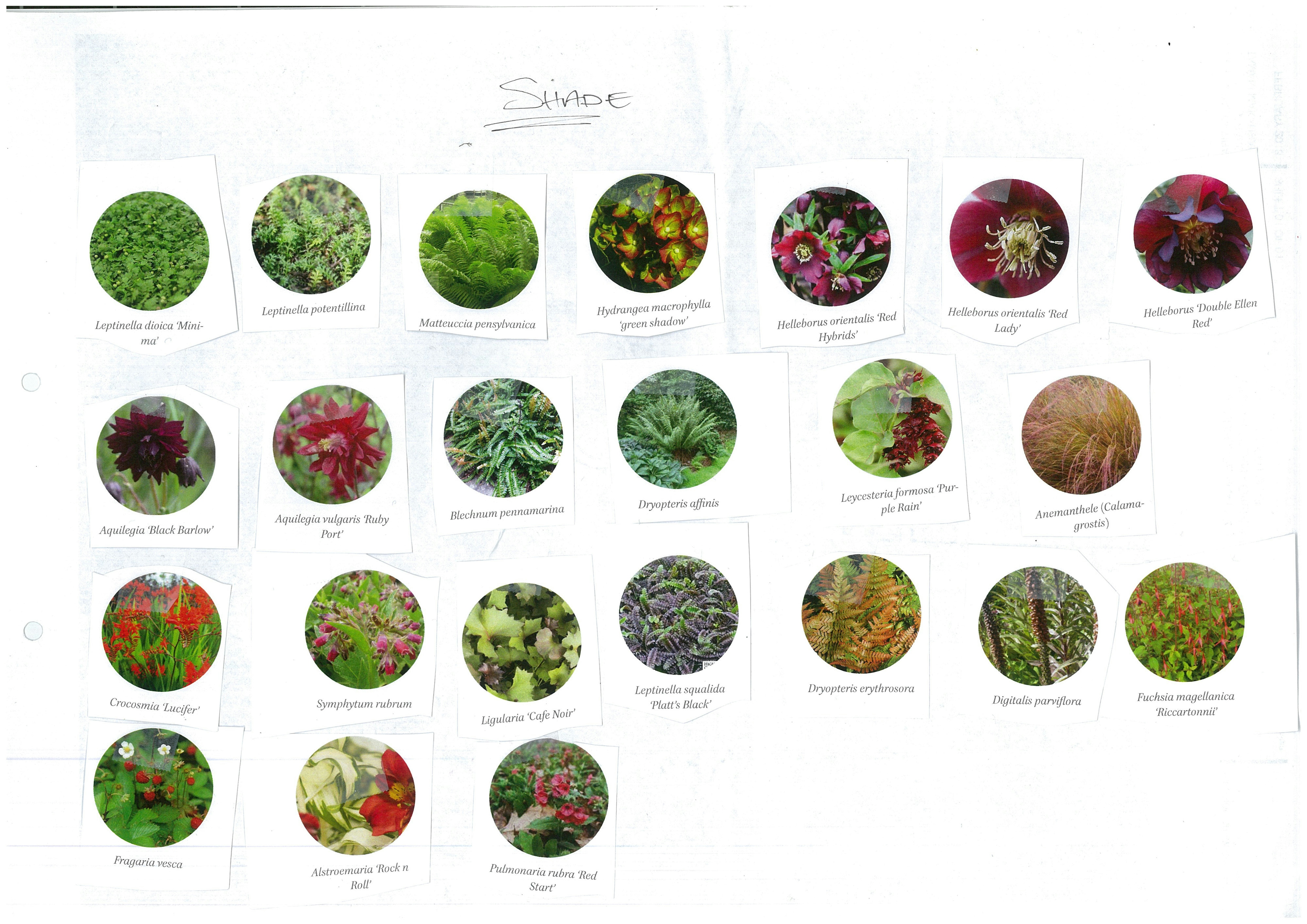
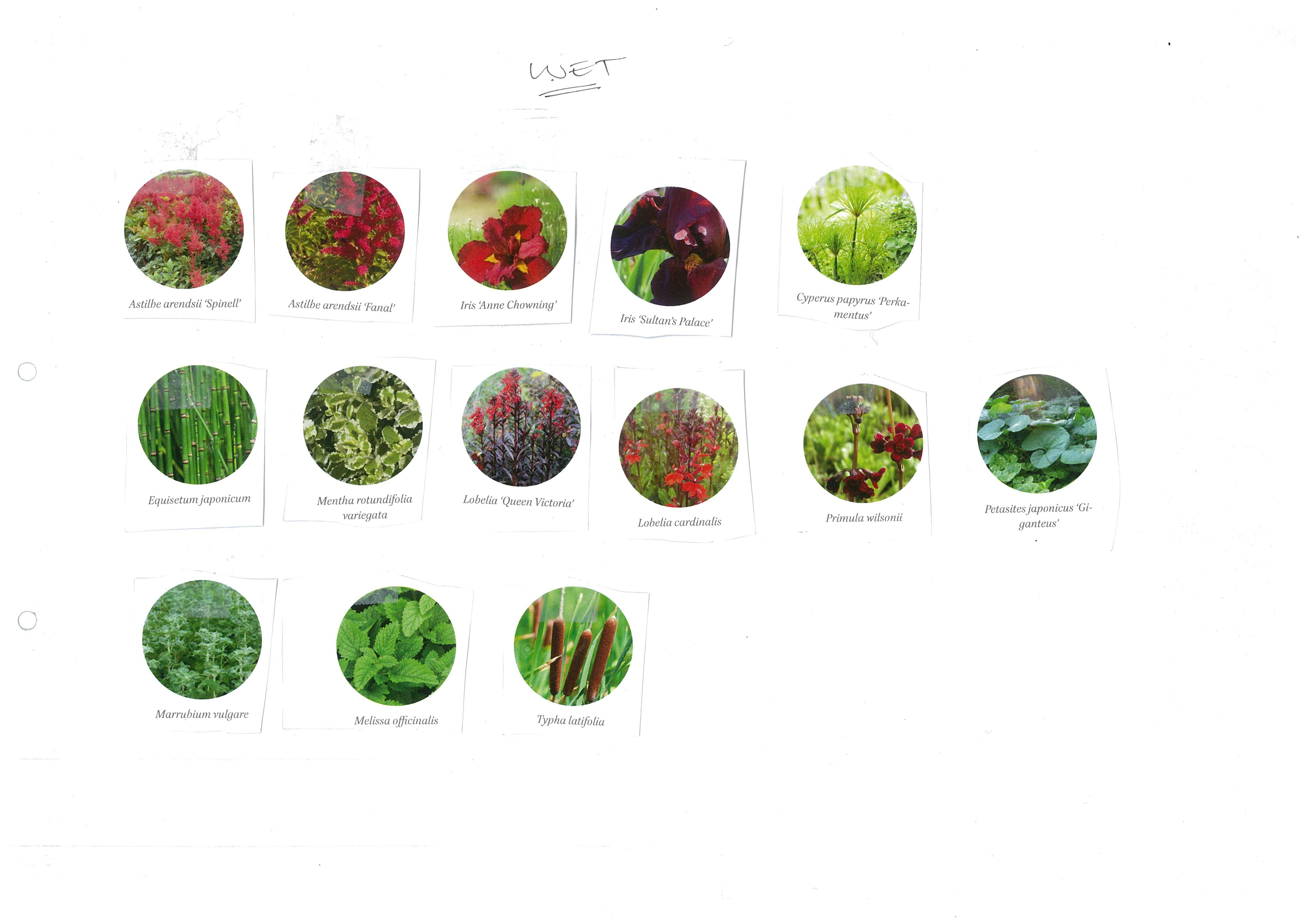
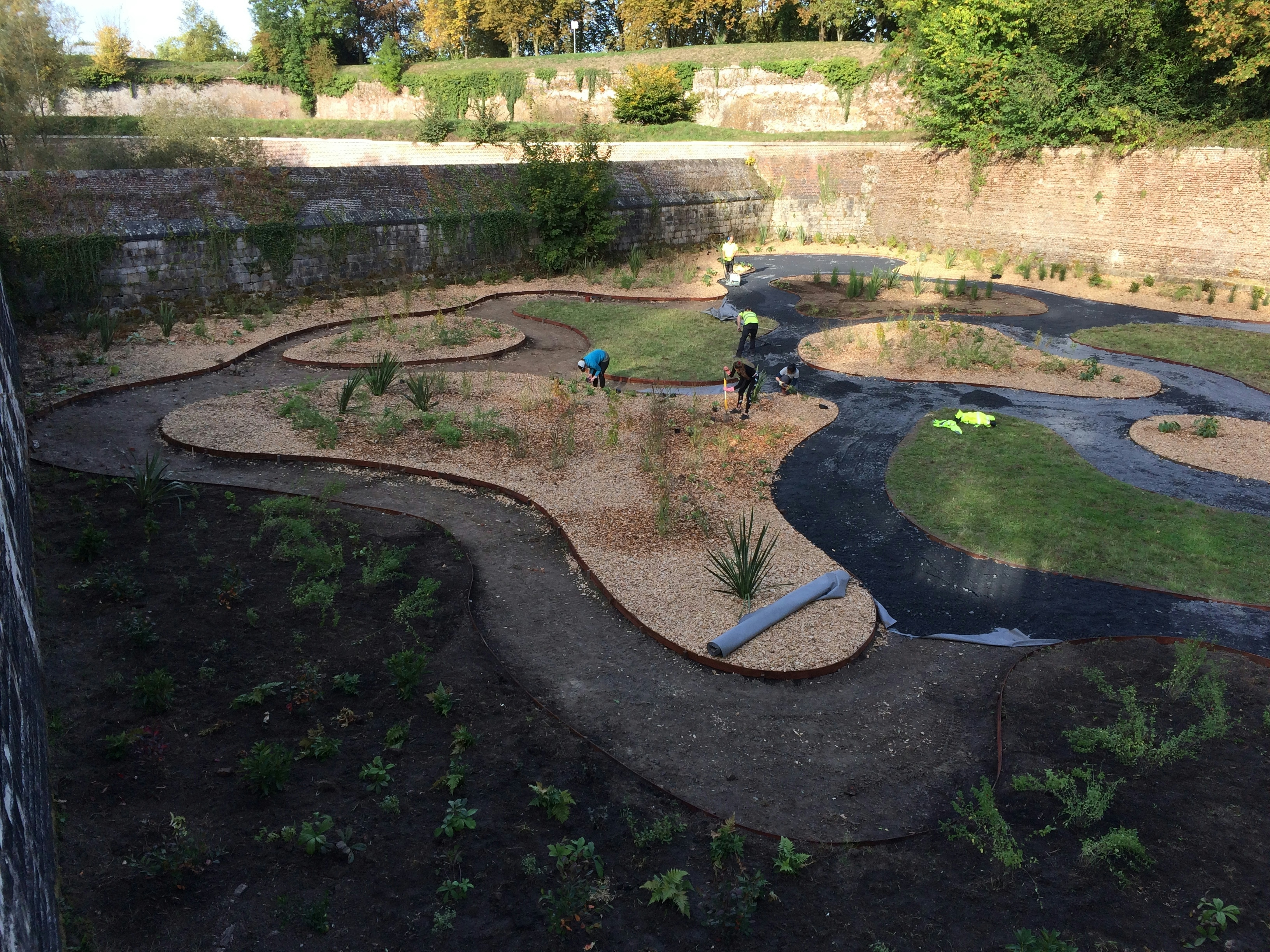
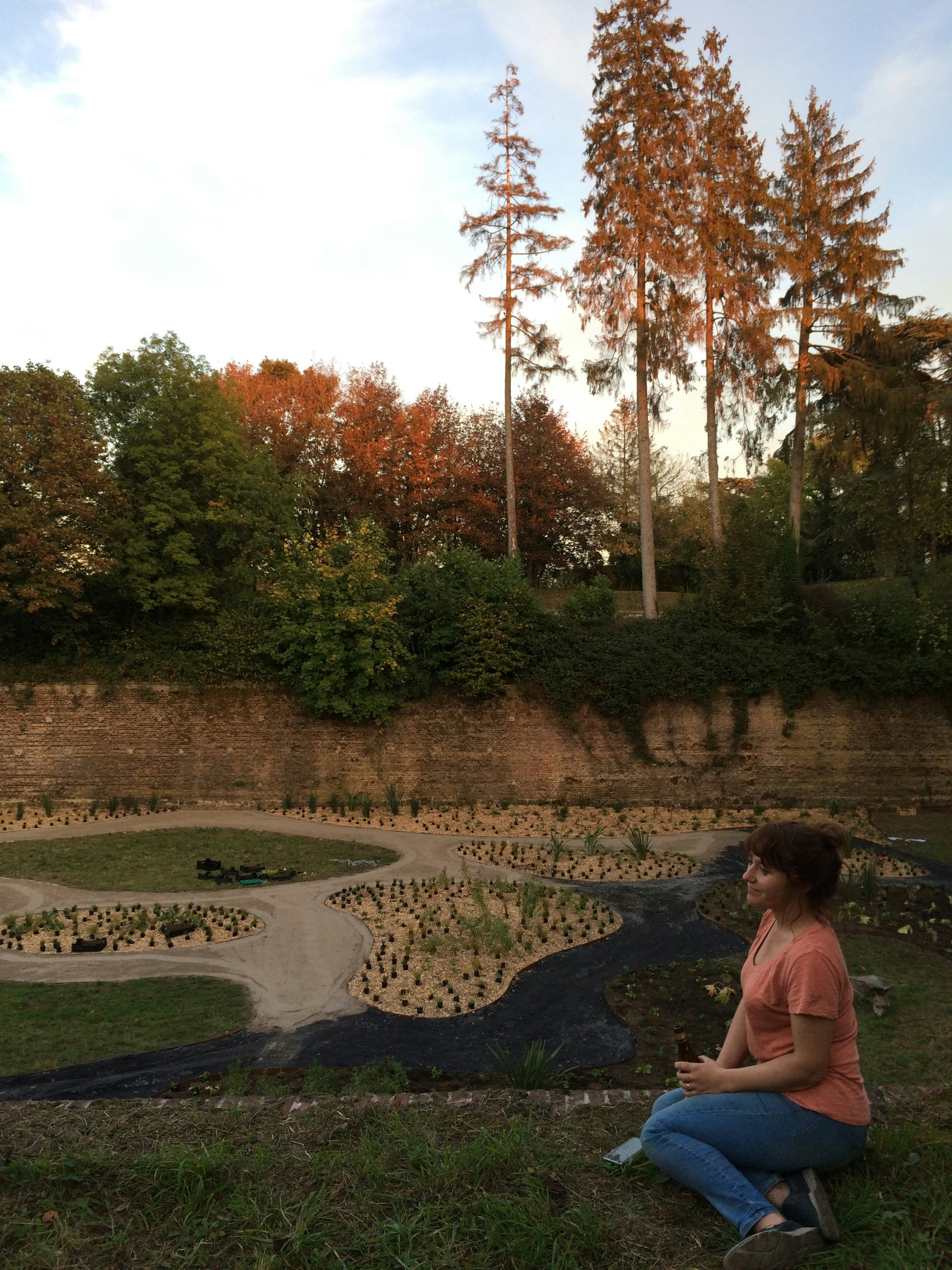
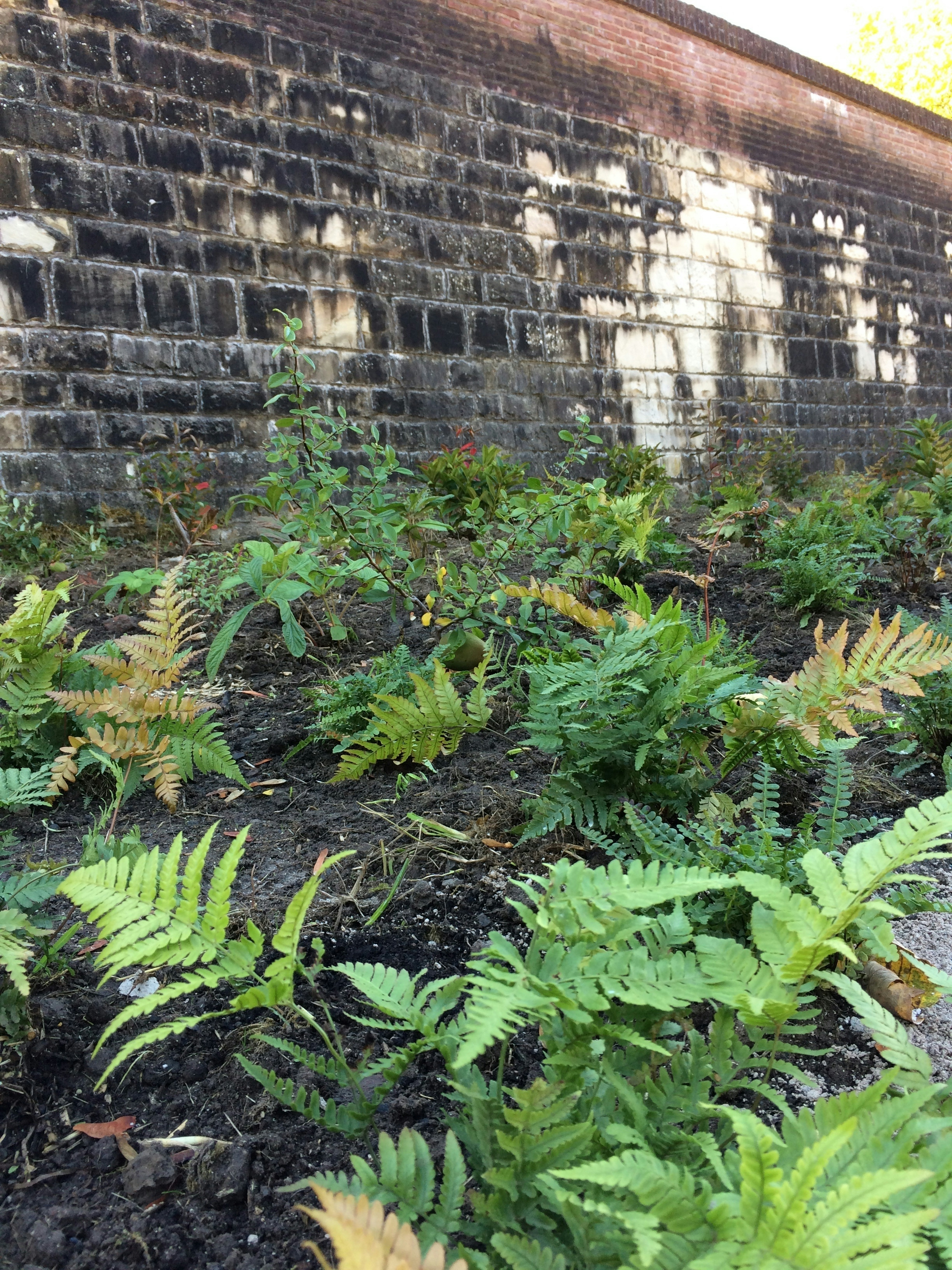
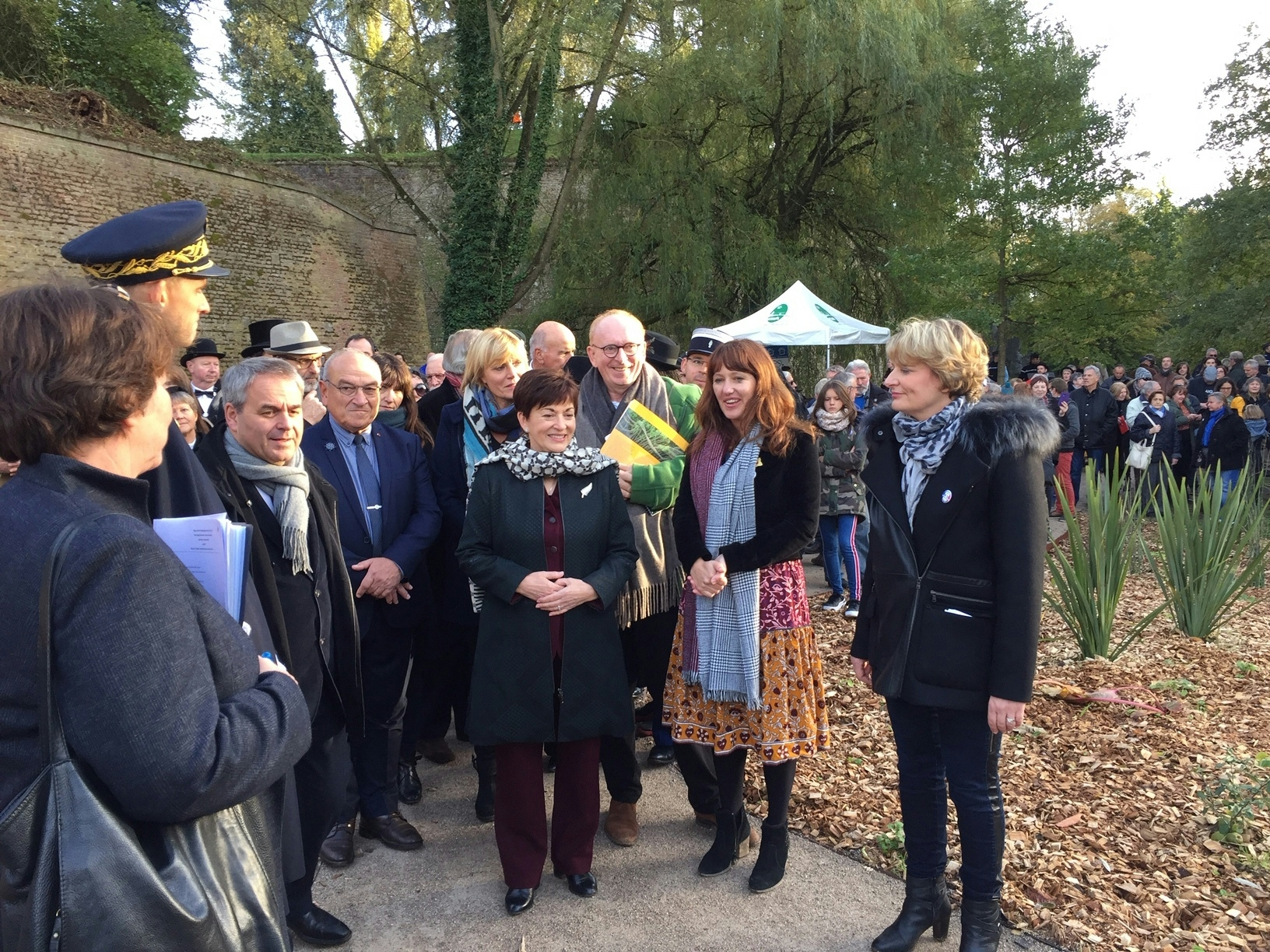
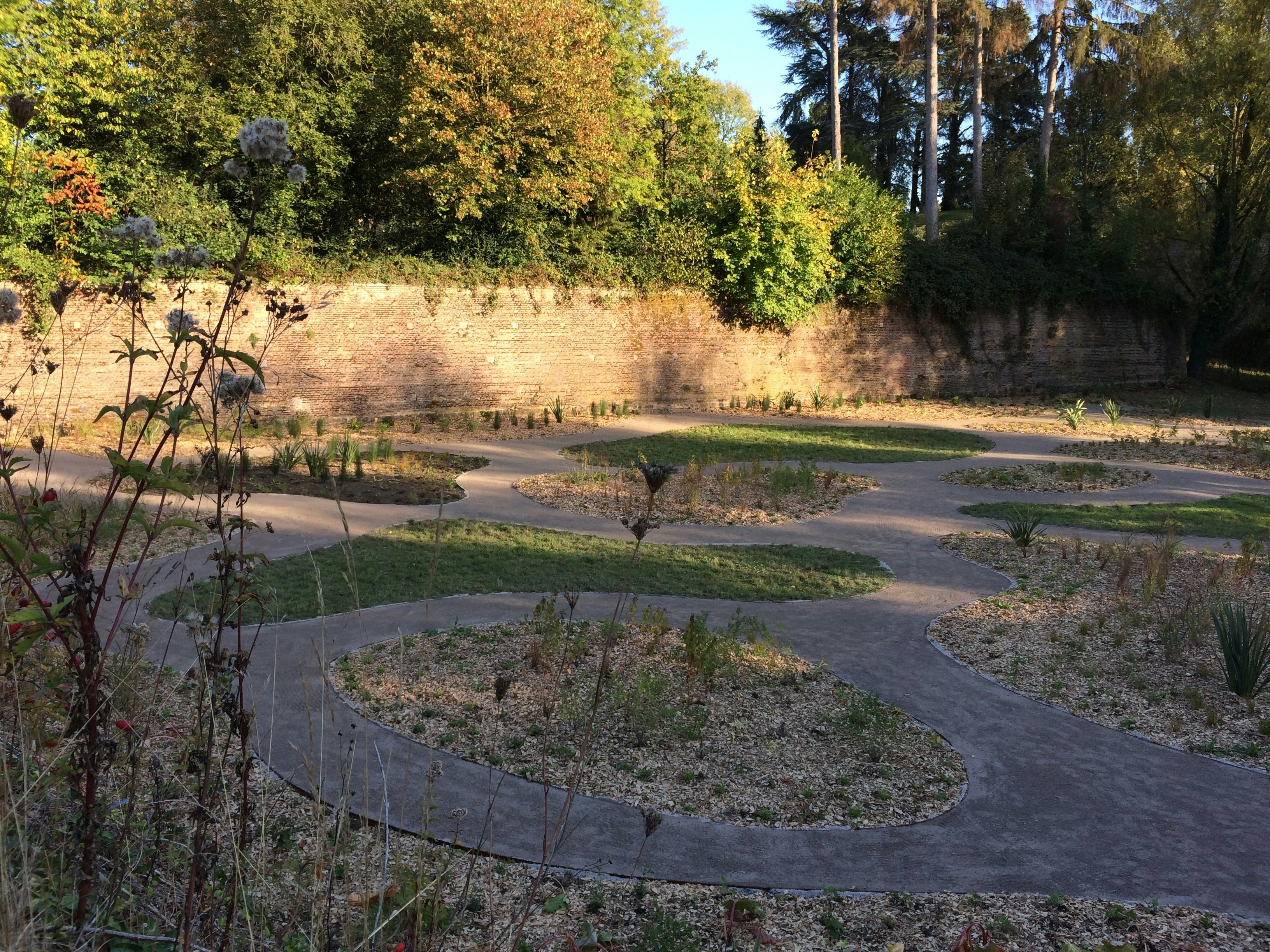
Project Details
Key Plants
Achillea millefolium, Acquilegia vulgaris, Alcea rosea, Angelica, Astillbe, Astrantia major, Carex testacea (Mānaia), Cornus 'Winter Beauty', Cosmos atrosanguineus, Crocosmia 'Lucifer', Geranium phaeum, Helleborus orientalis, Hemerocallis, Knautia macedonia, Leptinella squallida, Lobelia cardinalis, Lupinus 'The Pages', Paeonia, Papaver, Phormium cookianum (Wharariki), Phormium tenax (Harakeke),
Date
Completed: 2018
Location
Le Quesnoy
France
Designers
Construction
Xanthe White Design
Uru Whaakaro - Charmaine Bailie (Design & Planting)
Join Our Newsletter
XANTHE WHITE DESIGN
Auckland Studio
Phone: 09 815 1187
Email: info@xwd.co.nz
XANTHE WHITE DESIGN
Wellington Studio
Phone: 04 801 9050
Email: wellington@xwd.co.nz
